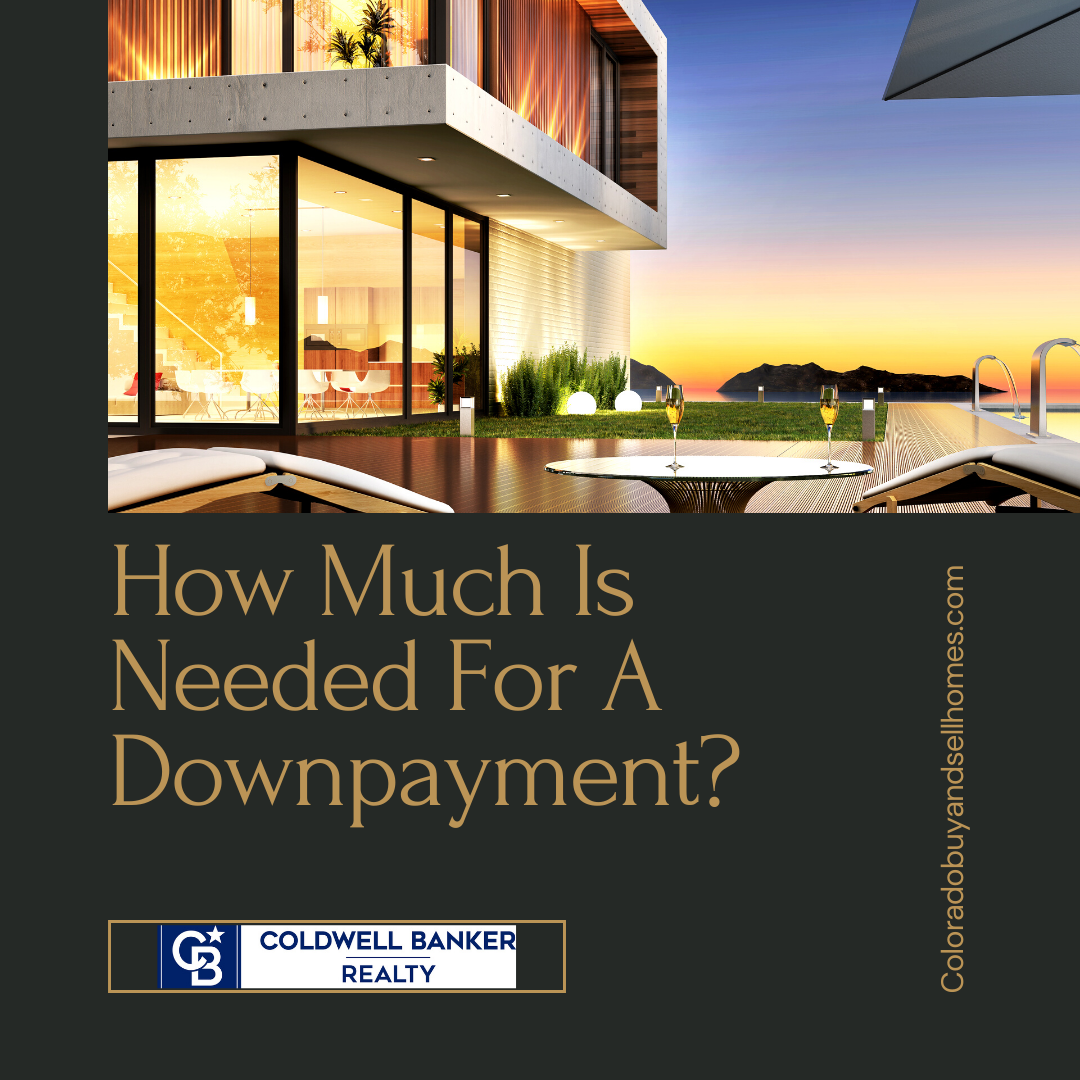Unleashing the Impact of Downpayment on Interest Rate and Monthly Mortgage Payments
Purchasing a home is a significant milestone that necessitates careful financial planning and decision-making. Consequently, one crucial factor to consider is the downpayment amount. While there is no one-size-fits-all approach, it’s essential to comprehend how the downpayment affects both the interest rate and monthly mortgage payments. In this blog, we will delve into the impact of a homebuyer’s downpayment amount on these key aspects, providing valuable insights into whether it’s advantageous to apply a downpayment of 20% or more.
Empowerment through a Substantial Downpayment:
By providing a larger downpayment, homebuyers gain several advantages that can positively influence their mortgage journey. These advantages include:
Reduced Interest Rates:
Lenders often reward borrowers with lower interest rates when they contribute a substantial downpayment. This is because a larger downpayment indicates lower loan-to-value (LTV) ratios, which reduces the lender’s risk. A lower interest rate can translate into significant savings over the life of the mortgage.
Improved Negotiating Power:
When homebuyers offer a higher downpayment, they demonstrate a higher level of financial stability and commitment. This improved financial position can enhance their negotiating power with lenders, potentially resulting in more favorable loan terms, reduced fees, or even waived mortgage insurance premiums.
The Impact on Monthly Mortgage Payments:
The amount has a direct impact on the monthly mortgage payment. Here’s how it plays out:
Lower Loan Amount:
A larger downpayment reduces the principal loan amount, which in turn lowers the monthly mortgage payment. This reduction can provide homeowners with more financial flexibility, allowing them to allocate funds to other expenses or investments.
Potential Elimination of Mortgage Insurance:
Mortgage insurance is typically required when the amount falls below 20%. However, by applying a downpayment of 20% or more, borrowers may be able to avoid this additional cost altogether. Eliminating mortgage insurance can further reduce monthly payments and increase long-term savings.
Balancing Personal Circumstances:
While there are clear advantages to applying a downpayment of 20% or more, it’s important to consider individual circumstances. Here are some factors to ponder:
Opportunity Cost:
Investing a larger sum into a downpayment means diverting funds from other potential investments or financial goals. Depending on market conditions, the opportunity cost of tying up a significant amount of capital in a downpayment may outweigh the benefits gained from lower interest rates and monthly payments.
Financial Comfort and Emergency Funds:
Striking the right balance between the downpayment and maintaining a comfortable financial cushion is crucial. A larger downpayment might leave you with fewer liquid assets, making it important to ensure that you have adequate emergency funds and a buffer for unexpected expenses.
While a downpayment of 20% or more offers compelling advantages, including reduced interest rates and monthly mortgage payments, the decision ultimately hinges on personal circumstances and financial goals. By gaining a thorough understanding of the impact of downpayment on interest rates and monthly mortgage payments, homebuyers can make informed choices that align with their long-term objectives. Whether one opts for a higher or lower payment, it remains crucial to consult with a reputable mortgage professional who can offer personalized advice based on the individual’s specific situation. It is important to remember that striking a balance between homeownership aspirations and financial well-being is key to making the most prudent decision.

 Facebook
Facebook
 X
X
 Pinterest
Pinterest
 Copy Link
Copy Link
